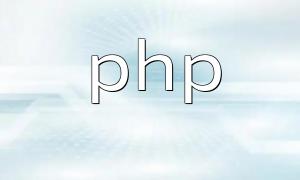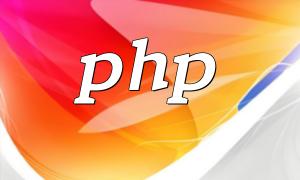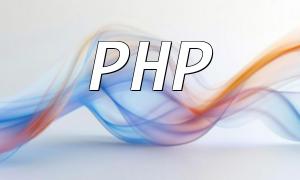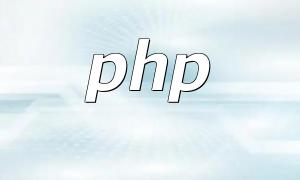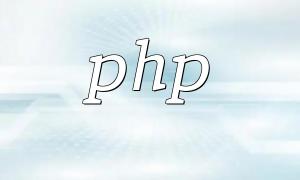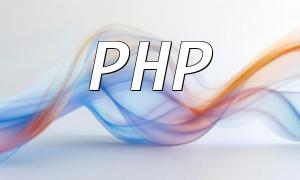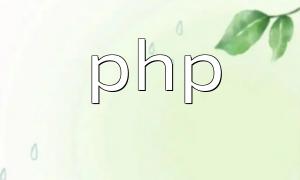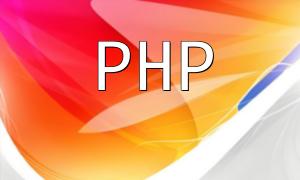In modern web application development, data transmission and exchange are essential. XML and JSON are two commonly used data formats, widely applied in data parsing and processing due to their structured and readable nature. This article introduces how to parse XML and JSON data using PHP, along with practical code examples.
XML (Extensible Markup Language) is a markup language used for storing and transmitting data. It represents data structures through custom tags. In PHP, XML data can be parsed using the SimpleXML or DOMDocument extensions.
SimpleXML is a built-in PHP extension that provides a simple and intuitive way to parse and manipulate XML data. Here’s an example:
$xml = '<book><title>PHP Study Notes</title><author>John Doe</author><price>99.9</price></book>';
$data = simplexml_load_string($xml);
echo "Title: " . $data->title . "<br>";
echo "Author: " . $data->author . "<br>";
echo "Price: " . $data->price . "<br>";
DOMDocument is another built-in PHP extension that provides more flexibility and control when parsing and manipulating XML data. Below is an example:
$xml = '<book><title>PHP Study Notes</title><author>John Doe</author><price>99.9</price></book>';
$dom = new DOMDocument();
$dom->loadXML($xml);
$title = $dom->getElementsByTagName('title')->item(0)->nodeValue;
$author = $dom->getElementsByTagName('author')->item(0)->nodeValue;
$price = $dom->getElementsByTagName('price')->item(0)->nodeValue;
echo "Title: " . $title . "<br>";
echo "Author: " . $author . "<br>";
echo "Price: " . $price . "<br>";
JSON (JavaScript Object Notation) is a lightweight data exchange format often used for data transmission. In PHP, you can use the json_decode function to parse JSON data.
Here’s an example of parsing JSON data:
$json = '{ "book": { "title": "PHP Study Notes", "author": "John Doe", "price": 99.9 }}';
$data = json_decode($json);
echo "Title: " . $data->book->title . "<br>";
echo "Author: " . $data->book->author . "<br>";
echo "Price: " . $data->book->price . "<br>";
If you prefer to parse the JSON data into an associative array in PHP, you can set the second parameter of json_decode to true:
$data = json_decode($json, true);
This article has shown that PHP offers easy-to-use and powerful tools for parsing XML and JSON data. By using SimpleXML, DOMDocument, and the json_decode function, developers can easily handle these commonly used data formats. In more complex scenarios, you can refer to the official PHP documentation to learn more and enhance your skills.
We hope this guide helps you better understand PHP’s data parsing methods and serves as a useful reference for your development practice.
Related Tags:
JSON
